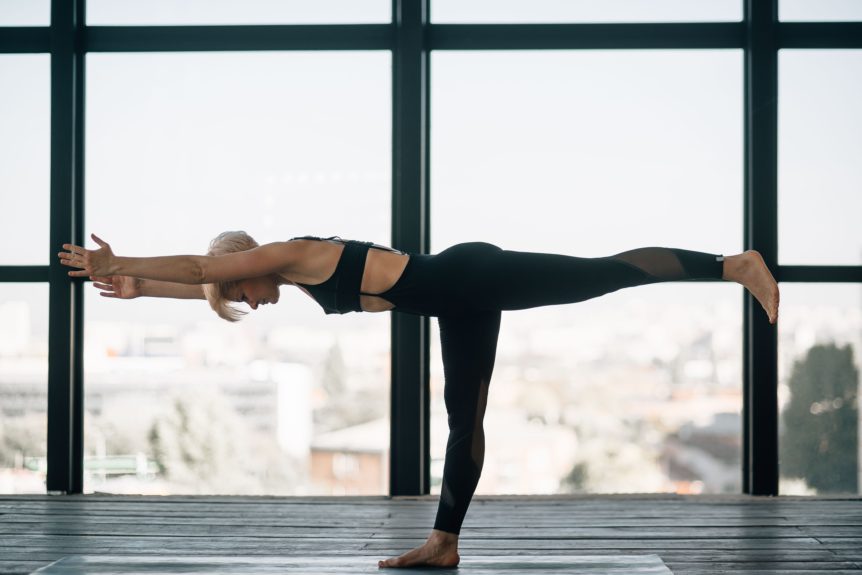Farley, J. B., Barrett, L. M., Keogh, J. W. L., Woods, C. T., & Milne, N. (2020) – Sports Medicine-Open, 6(1), 45.
Abstract
Background: Understanding the relationships between physical fitness characteristics and sports injury may assist with the development of injury minimisation programs. The purpose of this systematic review was to investigate the association between physical fitness attributes and sports injury in female, team ball sport players.
Methods: Four scientific databases (MEDLINE, EMBASE, SPORTDiscus, Scopus) and reference lists of relevant research were searched for eligible studies up to September 2, 2019. Full-text articles examining the relationship between physical fitness and sports injury in female, team ball sport players were included. A modified Downs and Black checklist was used to assess methodological quality. Data synthesis determined summary conclusions based on the number of significant relationships divided by the total relationships investigated and reported as a percentage. Level of certainty was identified for summary conclusions based on level of evidence. Sub-analyses regarding competition level, age, and single injury types were also conducted.
Results: A total of 44 studies were included. Data synthesis revealed no associations (low to moderate certainty) between body composition (1/9; 11%), flexibility (18–20%), and balance (2/8; 25%) and ‘any injury’ classification. No associations (mostly of moderate certainty) were found between flexibility (0–27%), muscular strength (0–27%),
and body composition (14–33%) and various body region injury classifications, whereas mixed summary conclusions were shown for balance (0-48%). Many associations between physical fitness and sports injury were deemed ‘unknown’ or with an insufficient level of certainty. Sub-analyses revealed no association between strength and noncontact ACL injuries (0/5; 0%) or ankle sprains (0/12; 0%), and between flexibility and ankle sprains (1/5; 20%); however, insufficient certainty of these results exists. Clear associations were concluded between balance and lower body injuries in female, non-elite (10/16; 63%) and junior (9/12; 75%) team ball sport players, with moderate and insufficient certainty of these results, respectively.
Conclusion: Limited evidence is available to demonstrate relationships between physical fitness and sports injury in female, team ball sport players. High-quality evidence investigating the multifactorial nature of sports injury, including the interactions physical fitness qualities have with other injury determinants, is needed to better understand the role of physical fitness in minimising sports injuries in female, team ball sport players.

